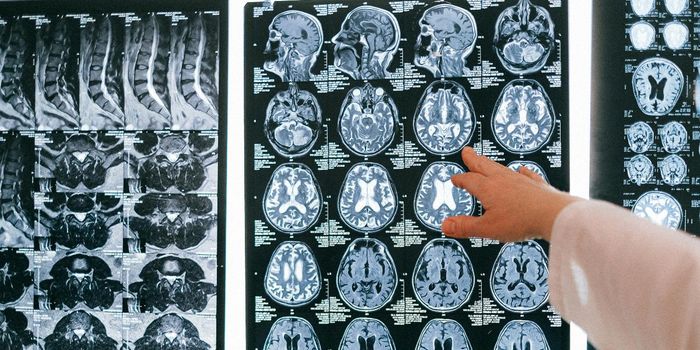Light Color May Not Affect Sleep as Much as Previously Thought
Sleep is an essential component of improving and maintaining heart health. To improve sleep, many people avoid looking at screens and other sources of blue light before bed. However, new research published in Nature Human Behavior suggests that light color may not be as important as previously thought for controlling humans’ circadian rhythms.
In the study, 16 healthy volunteers were exposed to blue light or yellow light for one hour in the late evening (starting 30 minutes after their habitual bedtime). They were also exposed to white light for one hour at the same time on different days as a control condition. After light exposure, participants were monitored to see whether their internal clocks had shifted when exposed to different colors of light. Additionally, they were monitored for how long it took them to fall asleep after each light exposure and how deep their sleep was early in the night. The next day, they were tested on their reaction ability and asked about their tiredness.
The results showed that there were no significant effects on the participants’ sleep or their internal clocks based on the color of light they were exposed to before going to bed. This result contradicts previous research in mice that suggested that light color had an important role in modulating sleep. Light color may not be important for human sleep; instead, it is light-sensitive ganglion cells in the eyes that play a more important role in regulating circadian rhythms and sleep timing. In other words, light exposure before bed can still negatively impact sleep, but the color of the light is not particularly important. So, while “night shift mode” on electronics may still be useful since it reduces the short-wavelength proportions of the light produced, the yellow or red tone is an unnecessary byproduct that could be eliminated in future models.
Sources: Nature Human Behavior, Science Daily








